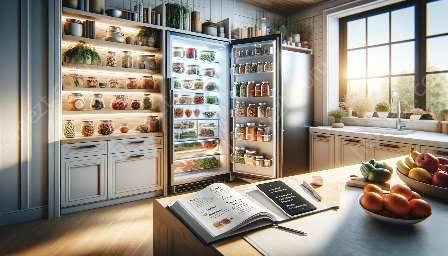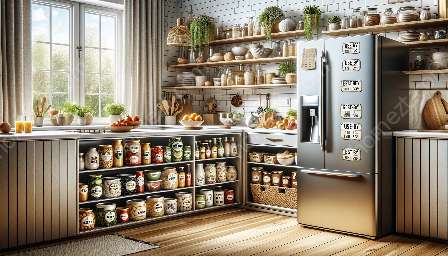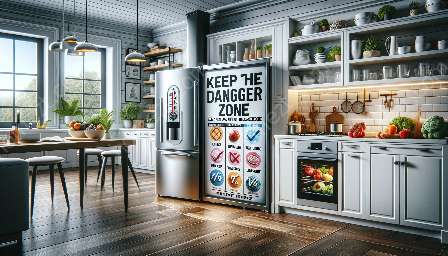Home kitchens are an important part of daily life, where delicious meals are prepared and families come together to enjoy food. However, there are potential risks associated with food safety in home kitchens, particularly when it comes to the presence of Listeria, a type of bacteria that can cause serious illness.
Understanding Listeria:
Listeria monocytogenes is a type of bacteria that can be found in various foods, including raw and cooked meat, dairy products, and ready-to-eat foods. It can survive and even grow in low temperatures, making it a particular concern in home refrigeration.
Risks of Listeria in Home Kitchens:
Listeriosis, the illness caused by Listeria, can be particularly dangerous for certain groups, including pregnant women, older adults, and individuals with weakened immune systems. The symptoms of listeriosis can include fever, muscle aches, and gastrointestinal issues, and in severe cases, it can lead to miscarriage, stillbirth, or life-threatening infections.
Preventing Listeria Contamination:
There are several key steps that can be taken to minimize the risk of Listeria contamination in home kitchens. First and foremost, it's essential to practice good food safety measures, such as thorough handwashing, using separate cutting boards for raw meat and produce, and cooking foods to their recommended internal temperatures. Additionally, proper refrigeration and storage of foods, particularly ready-to-eat items, can help prevent the growth of Listeria.
Home Safety & Security in Food Preparation:
Ensuring food safety in home kitchens goes beyond addressing specific bacteria like Listeria. It also involves maintaining a safe and secure environment for food preparation. This includes keeping kitchen surfaces and utensils clean, ensuring proper ventilation to prevent accidental inhalation of fumes from cleaning products, and storing potentially hazardous items (such as knives and cleaning chemicals) out of reach of children.
Conclusion:
By understanding the risks of Listeria in home kitchens and taking proactive measures to prevent contamination, individuals can help ensure the safety of their food and kitchen environment. Additionally, by incorporating home safety and security practices into food preparation, the overall well-being of the household can be maintained. By staying informed and implementing best practices, the home kitchen can continue to be a place where delicious meals are enjoyed in a safe and healthy manner.

























